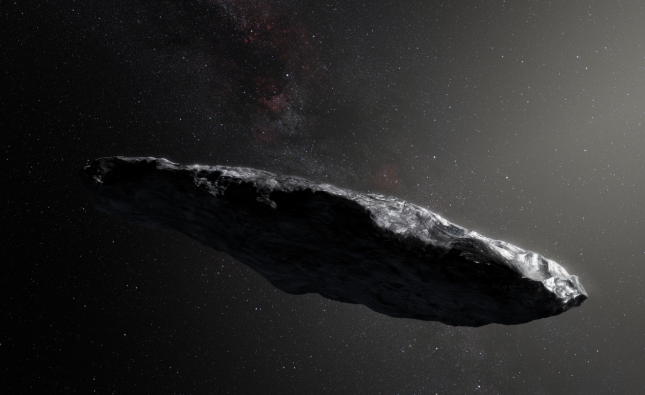
In a groundbreaking development, new research on marsquakes is shedding light on the formation and evolution of Mars’ crust, offering tantalizing clues about the Red Planet’s geological history. The findings, derived from data collected by NASA’s Mars InSight mission, provide a window into the processes that shaped Mars’ crust and contribute to our broader understanding of planetary formation.
Since its arrival on Mars in 2018, the Mars InSight lander has been meticulously studying the planet’s seismic activity. Equipped with a seismometer called the Seismic Experiment for Interior Structure (SEIS), the mission has enabled scientists to detect and analyze marsquakes, analogous to earthquakes on Earth, revealing invaluable information about Mars’ interior.
Dr. Laura Thompson, a planetary geologist and member of the Mars InSight science team, explains the significance of this research: “Marsquakes offer us a unique opportunity to investigate the building blocks of Mars’ crust. By studying the behavior of seismic waves, we can unravel the complex processes that contributed to the formation of the planet’s outer shell.”
One of the key insights gained from the study of marsquakes is the presence of ancient magmatic activity beneath Mars’ surface. The seismic waves generated by marsquakes allow scientists to identify and characterize magma chambers, reservoirs of molten rock that existed in Mars’ early history. This discovery suggests that volcanic processes played a crucial role in shaping the planet’s crust.
By analyzing the seismic data, researchers have also discovered evidence of crustal recycling on Mars. This process involves the subduction of crustal material back into the planet’s interior, similar to how tectonic plates on Earth converge and sink beneath one another. The presence of recycled crust provides valuable information about the dynamic nature of Mars’ crust and its geological evolution over time.
Furthermore, the study of marsquakes has offered insights into the composition of Mars’ crust. By analyzing the characteristics of seismic waves, such as their velocity and attenuation, scientists can infer the types of rocks present in different layers of the crust. This data indicates that Mars’ crust is primarily composed of basalt, a volcanic rock similar to Earth’s oceanic crust, but with notable variations in mineral content.
The findings also suggest that Mars’ crust is relatively thinner compared to Earth’s crust, with variations in thickness across different regions of the planet. These variations in crustal thickness hint at a complex interplay of volcanic activity, impacts from asteroid collisions, and other geologic processes that have shaped the Martian surface.
Dr. James Carter, a planetary scientist not directly involved in the study, emphasizes the importance of this research: “Understanding the formation of Mars’ crust is critical for deciphering the planet’s geological history and its potential for hosting habitable environments. The insights gained from marsquake research provide a foundation for future missions and contribute to our broader understanding of how rocky planets form and evolve.”
As with any scientific endeavor, verifying information and consulting reputable sources are essential to ensure accurate reporting. The findings discussed in this article are based on the latest research from the Mars InSight mission and the statements of scientists actively involved in the study.
The Mars InSight mission and its investigation of marsquakes have opened a new chapter in our understanding of Mars’ crust and its geological heritage. By unraveling the mysteries of the planet’s formation and evolution, scientists are piecing together the intricate puzzle of Mars’ geologic history. Each marsquake recorded brings us closer to comprehending the complex processes that shaped the Red Planet and deepens our appreciation for the rich tapestry of our solar system’s diverse worlds.










